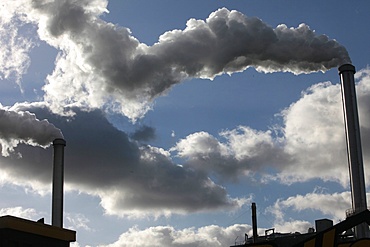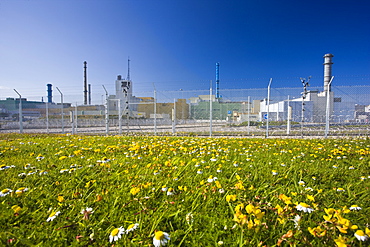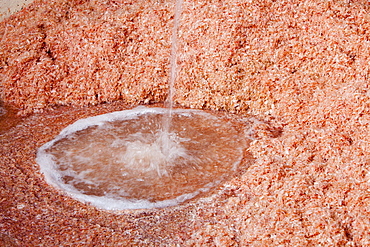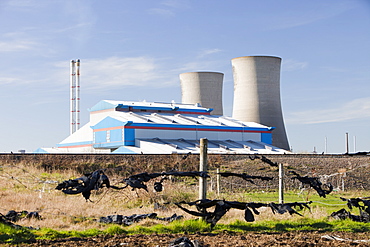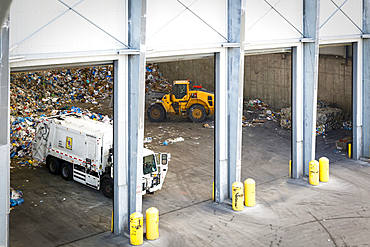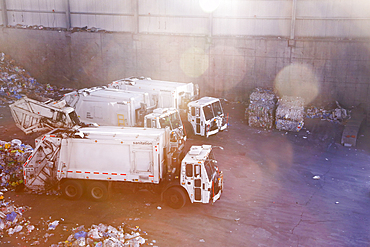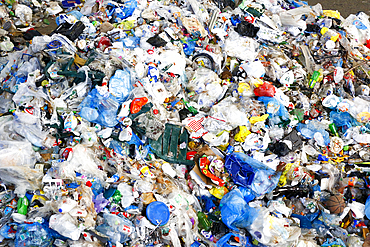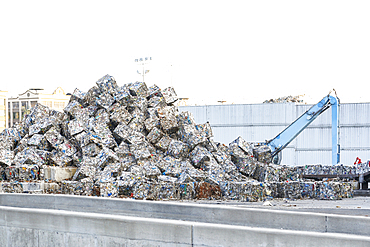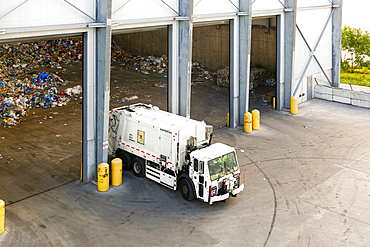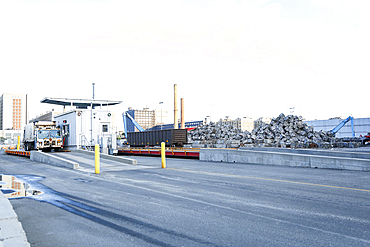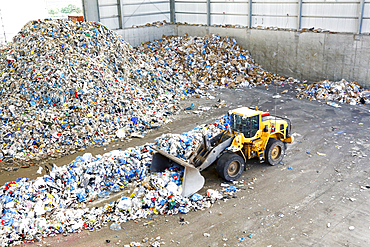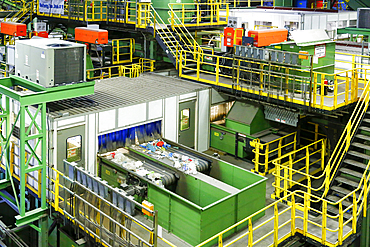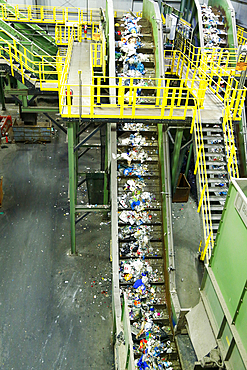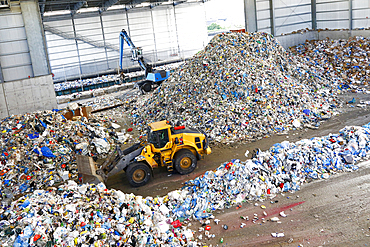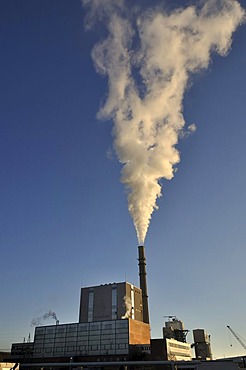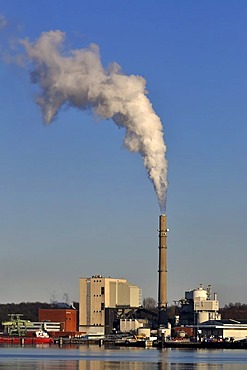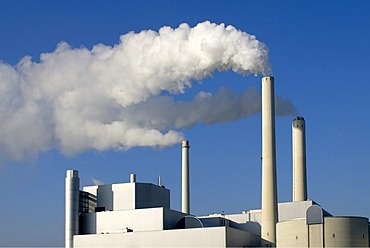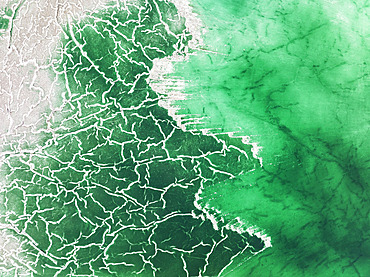Results
3 results found

Emissions from Waternet, a water business that takes sewage from Amsterdam and converts it back into drinking water, Amsterdam, Netherlands, Europe

A warning sign about toxic air pollution outside a power from waste incinerator plant at Billingham on Teesside, England, United Kingdom, Europe
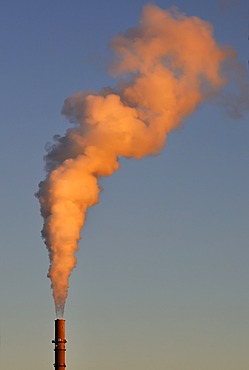
Exhaust emissions, plume of smoke, chimney of a power plant, Kiel, Schleswig-Holstein, Germany, Europe
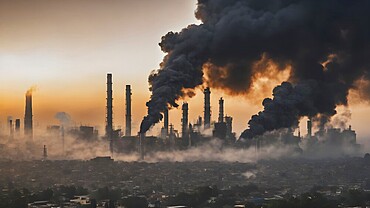
Environment pollution and ecology disaster and global warming. Smoke and air pollution. Pollution of the atmosphere. air pollution concept. AI generated image
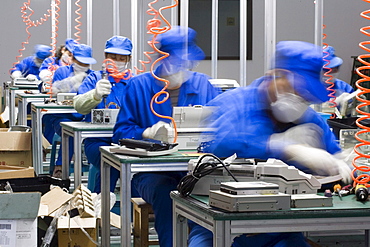
Seven workers are disassembling computers at TES-AMM Shanghai, which was founded on September 21, 2005, currently has 67 employees of which 26 are workers. With an annual production capacity of 10,000 tons, it has only treated 2,000 tons of e-waste from its founding more than a year ago. 'The biggest problem is that there isn't an e-waste recycling channel in China. The biggest chunks of raw materials we get are from government bodies, which are upgrading their equipments, and electronic appliances franchises that are washing out their outdated inventories. We don't have any imported e-waste because that's banned by the government. It takes a worker no more than ten minutes to disassemble a computer, and each worker can deal with between 60 to 70 computers a day,' says Janice Wu, who's the Environment & Quality Management Dept. Manager and Plant Manager Assistant.
